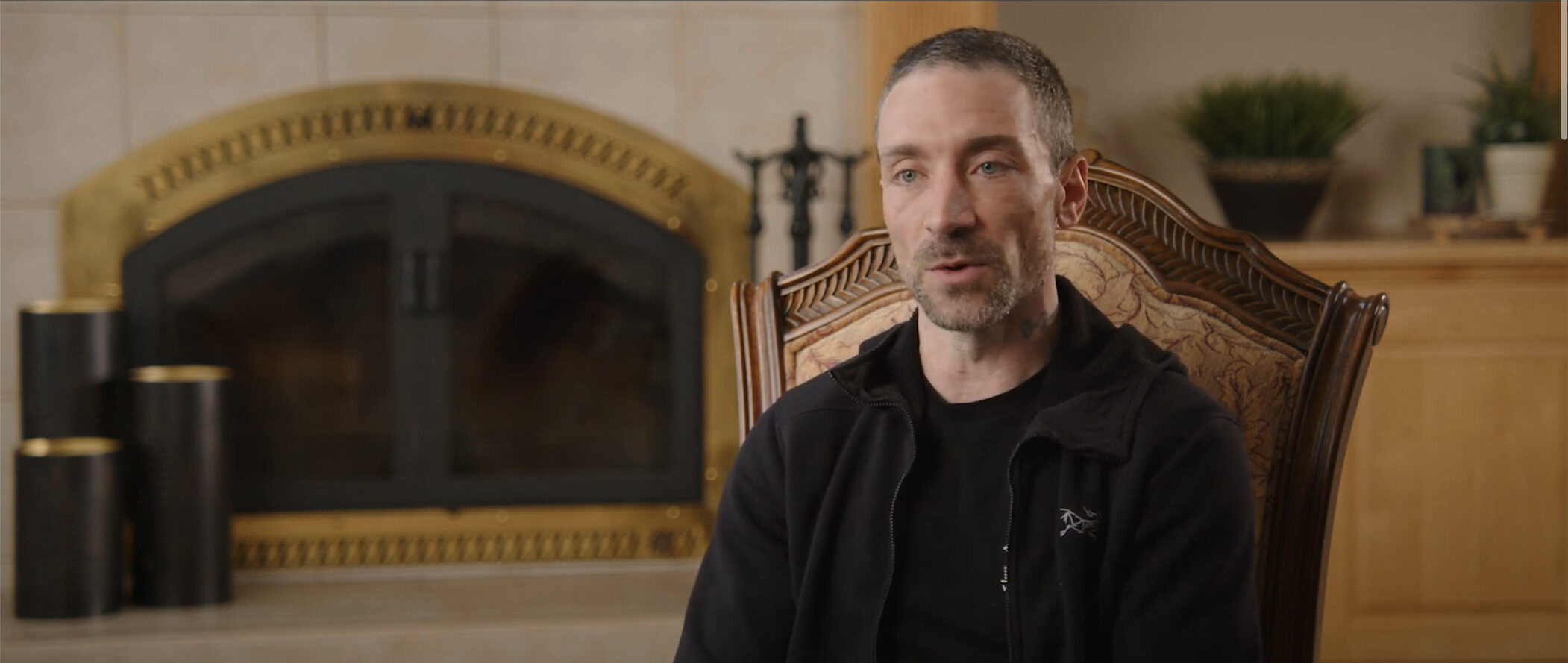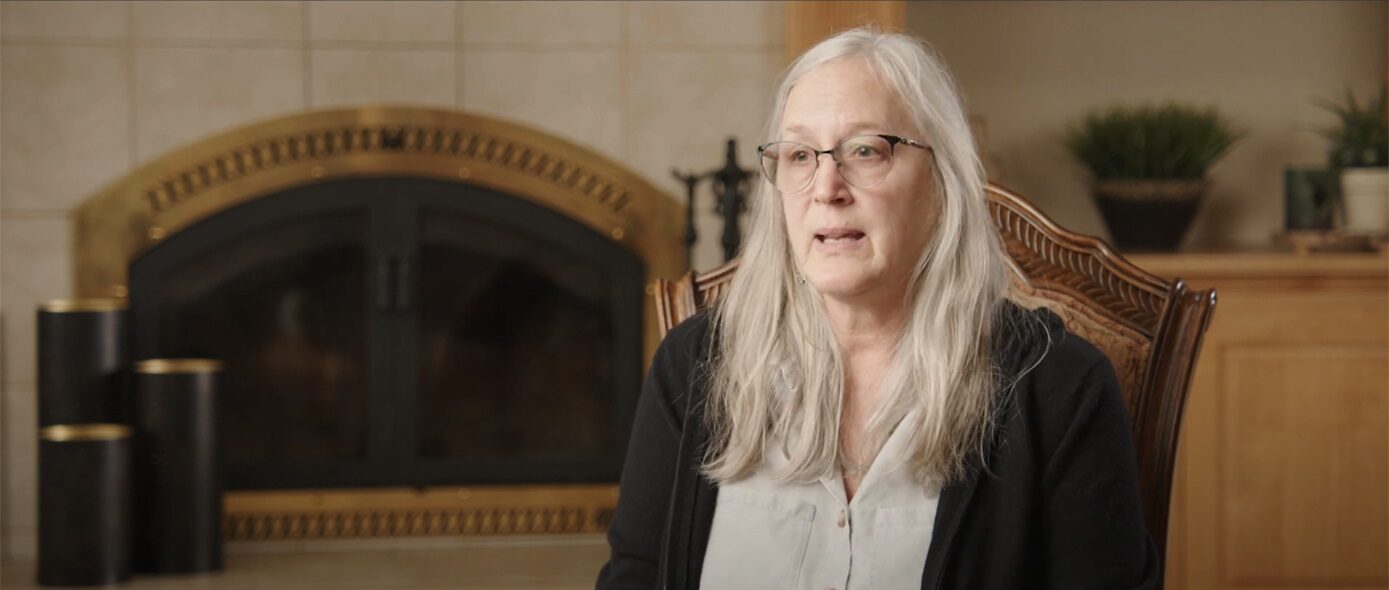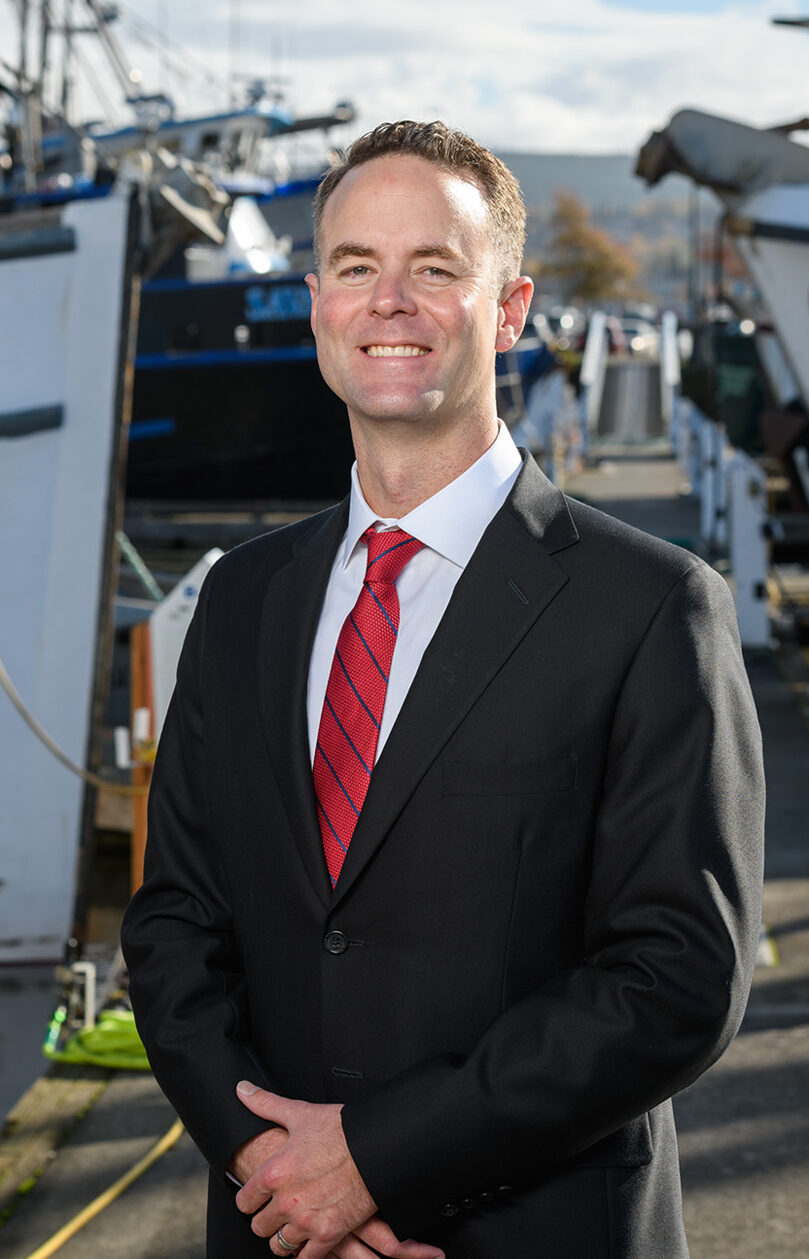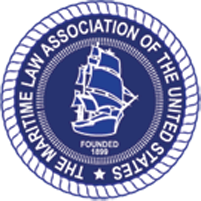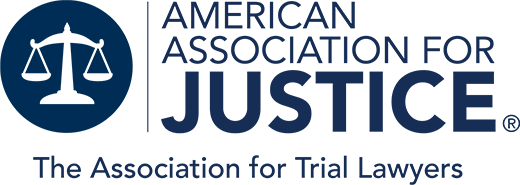Collision Regulations (COLREGS)
The International Regulations for Preventing Collisions at Sea 1972 (COLREGS) is a collection of navigation rules for ships and other sea vessels. The “rules of the road” were published by the International Maritime Organization (IMO) and were created to avoid future collisions between two or more vessels.
COLREGS is an international guide for maritime vessels to follow at sea. Countries around the world adopt and enforce the rules through an official administration created by a designated IMO member. Employers, vessel owners, and maritime entities must adhere to COLREGS to prevent ship collisions. Those who are negligent in upholding these regulations may be legally liable for their actions.
Maritime Injury Attorneys for COLREGS in Oregon, Washington, and California
The maritime industry can be dangerous. A collision between two vessels can create devastating damage and injuries. Captains, employers, and vessel owners who do not follow COLREGS are putting their ships and crews at risk.
If you have been injured in a maritime collision because of another’s negligence, it’s highly recommended that you seek trusted legal representation. Your employers are required to fix any unsafe conditions that may be present, which includes collision awareness. The attorneys at BOATLAW, LLP are experienced in representing victims of ship collision s. We are knowledgeable in both inland and international maritime law. Do what is best for your recovery and contact an attorney at BOATLAW, LLP now.
Call BOATLAW, LLP at 1-800-262-8529 to schedule a free consultation today. Our offices are located in Bellingham and Seattle, Washington, Portland, Oregon, and San Francisco, California.
Overview of International collision Regulations
- COLREGS Definitions for Vessels
- Steering and Sailing Regulations
- Conduct of Vessel in Sight of Another Regulations
- Conduct of Vessels in Restricted Visibility Regulations
- COLREGS Definitions for Lights
- Light and Sound Regulations
- Additional Resources
Definitions for Vessels in COLREGS
Employers or vessel owners who violate the International Regulations for Preventing collision s at Sea 1972 are violating international rules and regulations. The following are the legal definitions for terms for vessels in COLREGS.
- Vessel – Any watercraft, including nondisplacement crafts, used or capable of being used for transportation on water.
- Power Driven Vessel – Any vessel propelled by machinery.
- Sailing Vessel – Any vessel under sail where propelling machinery is not being used.
- Vessel Engaged in Fishing – Any vessel that is fishing with lines, trawls, nets or other fishing instruments which restricts maneuverability.
- Seaplane –Aircraft designated to maneuver on the water.
- Vessel Not Under Command – A vessel that is unable to maneuver as required by COLREGS because of outside circumstances. Since the vessel is not able to follow COLREGS, the ship is also unable to keep out of the way of another vessel.
- Vessel Constrained by Her Draft – A power-driven vessel that is restricted in her movement because of the available depth and width of navigable water.
- Underway – A vessel not on the shore, at anchor, or aground.
- Length and Breadth of a Vessel – A vessel’s overall length and greatest breadth.
- Wig-in-Ground (WIG) Craft – Multimodal crafts when in operational mode flies in close proximity to the surface.
Steering and Sailing Rules in COLREGS
The International Maritime Organization implemented COLREGS to regulate vessels and decrease collisions at sea. Certain rules and accommodations must be made to traveling ships so they are easily spotted during any type of weather or time. Additionally, ships must maintain certain speeds and maneuverability in the event of a collision, port collision or close-quarters.
Maritime entitles that do not follow these rules are putting their employees at risk of a collision . Seamen injured from a maritime collision should seek trusted legal representation. The following are the steering and sailing rules set out by COLREGS.
- Every vessel must maintain a look-out by sight and hearing;
- All vessels must maintain safe speeds that can actively avoid any possible collisions or be able to stop within a certain amount of time;
- Vessel operators must use all available means and resources to determine if any risk of collision does exist;
- All vessels must use available radar equipment, long-range scanning equipment, radar plotting, or equivalent systematic operations to see if any chance of collision might exist;
- No assumption of collision shall be made on the basis of scanty information;
- Vessels must take any reasonable action to avoid collisions in due regard to the observing good seamanship;
- Vessels, when avoiding collisions, will make large movements within their reasonable power so the other ship can detect movement. Small successive movements or alterations should be avoided;
- A vessel may alternate course to avoid collisions or close-quarters, if the situation allows that to be the most effective decision;
- Vessels can pass another vessel at a safe distance to avoid collision;
- Every vessel can slacken speed or take all way off by stopping or reversing propulsion to avoid any collision or close-quarters;
- Ships along a narrow channel or fairway must keep near the outer limit on the starboard side of the channel or fairway;
- Vessels that are less than 20 meters in length or are sailing vessels must not block the passing of another vessel which can maneuver only within a fairway or narrow channel;
- Any vessel engaged in fishing must not impede or block another vessel moving through a fairway or narrow passage;
- A vessel must not block or impede another vessel if it’s only able to navigate within narrow channels. If this event occurs, the overtaking vessel must sound the appropriate signal.
- If a vessel is maneuvering a bend or obscured area of a narrow channel, the vessel must operate with high alertness and caution and sound the appropriate signal;
- All vessels shall, if circumstances allow, avoid anchoring in a narrow channel;
- Vessels using a traffic separation scheme must proceed in the appropriate traffic lane and flow, keep clear of a traffic separation line or zone, and join or leave the termination of a lane at an small angle to the general direction of predictable traffic flow;
- Vessels should avoid crossing traffic lanes, and if the event occurs crosses on a heading at right angles to the direction of general traffic flow;
- A vessel shall not normally enter a separation zone or cross a separation line except in case of an emergency or engage in fishing within a separation zone;
- Vessels moving through and near terminations of traffic separation scheme will maneuver with caution;
- Vessels engaged in fishing must not impede on any vessels passing in a traffic lane;
- Vessels less than 20 meters or sailing vessels cannot block or impede the passage of a power-driven vessel following a traffic lane;
- If a vessel is doing maintenance for the safety of navigating in a traffic separating scheme, then the ship is exempt from complying with these rules;
- If a vessel is servicing or picking up a submarine cable in a traffic-separating scheme, then the ship is exempt from complying with these rules.
Conduct of Vessels in Sight of One Another in COLREGS
The purpose of COLREGS is to avoid crashes or collisions between two or more sea vessels. When multiple ships spot one another, COLREGS has certain rules the operators must adhere to for safety precautions. Carelessly or recklessly ignoring or botching these accommodations may be considered an act of negligence.
Seamen or other maritime workers who have been injured due to a negligence-related maritime collision should seek a personal injury attorney. The following are the rules and regulations vessels must follow if they see another ship.
- When two sailing ships are nearing one another they will do the following to avoid any sort of collision:
- If each has winds on a different side, the vessel with wind on the port side shall steer away from the other ship;
- If each has wind on the same side, the vessel which is windward shall steer away from the other leeward vessel;
- If a vessel with wind on the port side sees another vessel and cannot determine which side the oncoming ship has wind on, the first ship will keep out of the way.
- A vessel is considered to be overtaking when it comes up with another vessel from a direction more than 22.5 degrees abaft her beam. If at night, the vessel that is overtaking should only be able to see the sternlight not the sidelights of the vessel overtaken.
- A vessel that is overtaking another vessel shall stay out of the way of the vessel that is being overtaken;
- If a vessel has some doubts that another vessel is overtaking, then the first should just assume that this is the cast and act accordingly;
- If two power-driven vessels are about to have a head-on collision, each should alter her course to starboard and pass each other on their respective port sides;
- A situation will be deemed a potential head-on collision if a vessel sees another ship ahead or at night sees the masthead light in line with both sidelights;
- If a head-on collision seems possible, both vessels should assume the situation exists and must act accordingly;
- If two power-driven vessels are at risk of collision, the vessel which has the other ship on their starboard side must keep out of the way and avoid crossing ahead of the later ship;
- If a vessel is required to stay on the same course and speed but finds they may be in a potential collision, then she shall take actions to avoid said collision;
- Power-driven vessels that cross legally to avoid collision with another power-driven vessel shall not alter course to port for a vessel on her own port side;
- Power-driven vessels must avoid the following;
- Vessels engaging in fishing;
- Vessels restricted in maneuverability; and
- Vessels not under command;
- Sailing vessels.
- Sailing vessels must keep out of the way of:
- Vessels restricted in maneuverability;
- Vessels not under command; and
- Vessels engaged in fishing.
- Vessels engaged in fishing shall keep out of the way of:
- Vessels not under command; and
- Vessels restricted in maneuverability.
- Vessels not under command or vessels restricted by maneuverability must avoid blocking the safe passage of vessels constrained by her draft;
- Seaplanes on the water should keep away from all vessels and avoid hindering their navigations;
- A WIG craft must, when taking off, keep well clear of all other vessels and avoid impeding their courses;
- A WIG craft operating on the water surface must comply with these rules as a power-driven vessel would.
Conduct of Vessels in Restricted Visibility in COLREGS
One of the biggest causes for maritime collisions is restricted visibility. Rules and regulations in COLREGS exist for vessels that have restricted visibility due to time of day, location or weather. Employers and vessel owners who do not follow these visibility rules are putting their crews and other ships at risk.
The following are the COLREGS rules for vessels navigating in restricted visibility:
- If visibility is restricted, all vessels must proceed at safe speeds for the circumstances;
- If a vessel determines the presence of another ship by radar alone, they must assume that the risk of collision is imminent. If this situation happens, then she must take actions to avoid collision immediately. They must also try to avoid the following:
- An alteration of course to port for a vessel forward of the beam; or
- A course alteration toward a vessel abeam or abaft the beam.
- If a vessel hears the fog signal of another vessel or cannot avoid a close-quarters situation, then she must reduce her speed to a minimum to keep on course. If necessary, she can take all her way off and act with extreme caution until the risk of collision ends.
Light Term Definitions in COLREGS
Lights are a huge deal when it comes to maritime vessels avoiding collisions. Different types of lights mean various signals and can avoid major damage. Those who do not comply with COLREG light regulations may be held liable for injuries that arise from maritime collisions.
The following are the definitions for light terms in COLREGS.
- Sidelights – Green light on the starboard side and red light on the port side;
- Masthead Light – A white light placed on the fore and aft centerline of a ship;
- Sternlight – A white light at the stern;
- Towing light – A yellow light at the stern;
- All round light – A light showing an unbroken light over an arc of horizon of 360 degrees;
- Flashing light – A light flashing at regular intervals at a frequency of 120 flashes or more per minute.
Light and Sound Regulations in COLREGS
Vessels must place, use, or terminate their lights at certain times. The purpose of this, in COLREG, is to alert another vessel of your presence and avoid collisions. Certain vessels must have specific lights at designated areas set out by the regulations in COLREG. Any maritime entity that does not maintain their light regulations is compromising the safety of their crew and other vessels.
Additionally, COLREG also requires vessels to sound certain alarms in specific situations. These sounds are to alert other ships of your presence, direction, or situation. If a captain does not use these alarms in the appropriate situations, he or she is being negligent. On the other hand, captain or vessel owners must implement and follow sound signals when at sea to avoid collisions.
Additional Resources
Navigation Rules – Visit the official website for the Navigation Center hosted by the U.S. Department of Homeland Security. Gain access to the International Regulations for Preventing Collisions at Sea 1972 (COLREG) and learn the specific rules, regulations, and possible scenarios in the event of a possible collision.
Frequently Asked Questions – Visit the official website for the Navigation Center hosted by the U.S. Department of Homeland Security. Find answers to frequently asked questions for COLREG including which lights can be considered valid, how to report a marine accident, and how kayaks an canoes fit in with COLREG.
Maritime Injury Attorneys for COLREG in Washington and California
Have you been injured in a recent maritime collision? Was the collision due to careless or reckless actions of your captain or employer? You may be entitled to certain compensation for your injuries. The attorneys at BOATLAW, LLP are skilled at representing those injured by negligence-related maritime collisions.
BOATLAW, LLP has the extensive knowledge and resources needed to obtain advocate for your injury and story. We understand the complexities of federal and international maritime law. Our attorneys want to help you get what you deserve. We practice at the following locations including Seattle and Bellingham in Washington, San Francisco in California, and Portland in Oregon.
Call us now at 1-800-262-8529 for a free consultation for your case today.
This article was last updated on October 4, 2018.


